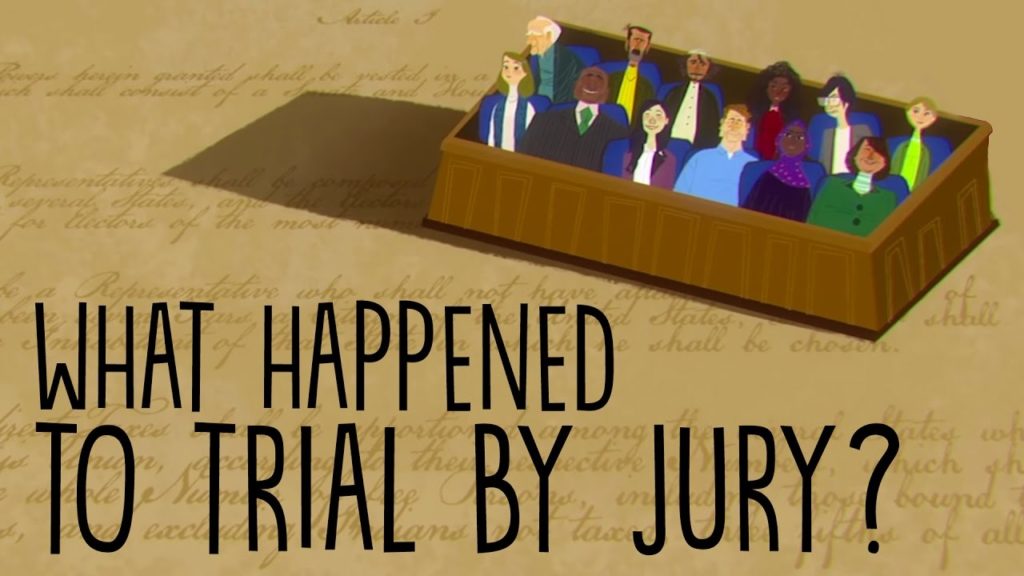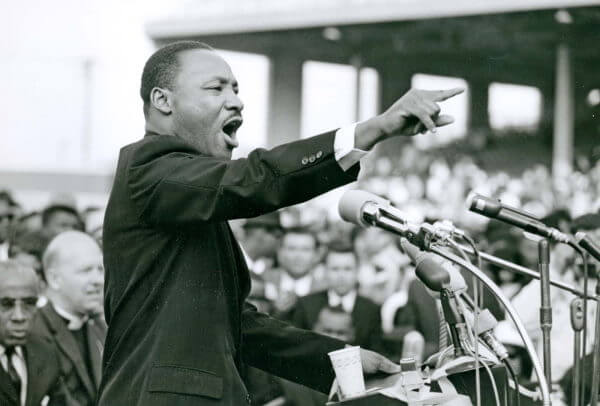What happened to trial by jury?

Dating back at least to the time of Socrates, some early societies decided that certain disputes, such as whether a person committed a particular crime, should be heard by a group of citizens. Several centuries later, trial by jury was introduced to England, where it became a fundamental feature of the legal system, checking the government and involving citizens in decision-making. Juries decided whether defendants would be tried on crimes, determined whether the accused defendants were guilty, and resolved monetary disputes. While the American colonies eventually cast off England’s rule, its legal tradition of the jury persisted.
The United States Constitution instructed a grand jury to decide whether criminal cases proceeded, required a jury to try all crimes, except impeachment, and provided for juries in civil cases as well. Yet, in the US today, grand juries often are not convened, and juries decide less than 4% of criminal cases and less than 1% of civil cases filed in court. That’s at the same time as jury systems in other countries are growing.
So what happened in the U.S.?
Part of the story lies in how the Supreme Court has interpreted the Constitution. It’s permitted plea bargaining, which now occurs in almost every criminal case. The way it works is the prosecutor presents the accused with a decision of whether to plead guilty. If they accept the plea, the case won’t go in front of a jury, but they’ll receive a shorter prison sentence than they’d get if a jury did convict them.
The risk of a much greater prison sentence after a trial can frighten even an innocent defendant into taking a plea. Between the 19th century and the 21st century, the proportion of guilty pleas has increased from around 20% to 90%, and the numbers continue to grow. The Supreme Court has permitted the use of another procedure that interferes with the jury called summary judgement. Using summary judgement, judges can decide that civil trials are unnecessary if the people who sue have insufficient evidence.
This is intended only for cases where no reasonable jury would disagree. That’s a difficult thing to determine, yet usage of summary judgement has stretched to the point where some would argue it’s being abused. For instance, judges grant fully, or in part, over 70% of employers’ requests to dismiss employment discrimination cases. In other cases, both the person who sues and the person who defends forgo their right to go to court, instead resolving their dispute through a professional arbitrator.
These are generally lawyers, professors, or former judges. Arbitration can be a smart decision by both parties to avoid the requirements of a trial in court, but it’s often agreed to unwittingly when people sign contracts like employment applications and consumer agreements. That can become a problem. For example, some arbitrators may be biased towards the companies that give them cases. These are just some of the ways in which juries have disappeared. But could the disappearance of juries be a good thing?
Well, juries aren’t perfect. They’re costly, time-consuming, and may make errors. And they’re not always necessary, like when people can simply agree to settle their disputes. But juries have their advantages. When properly selected, jurors are more representative of the general population and don’t have the same incentives as prosecutors, legislators, or judges seeking reelection or promotion.
The founders of the United States trusted in the wisdom of impartial groups of citizens to check the power of all three branches of government. And the jury trial itself has given ordinary citizens a central role in upholding the social fabric. So will the jury system in the U.S. survive into the future?






Responses